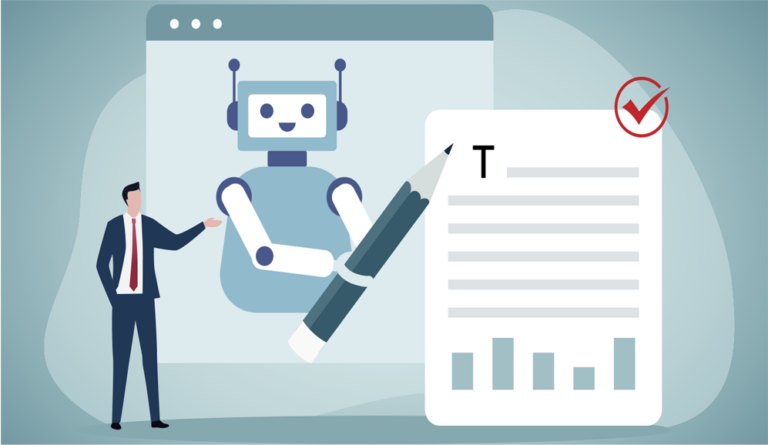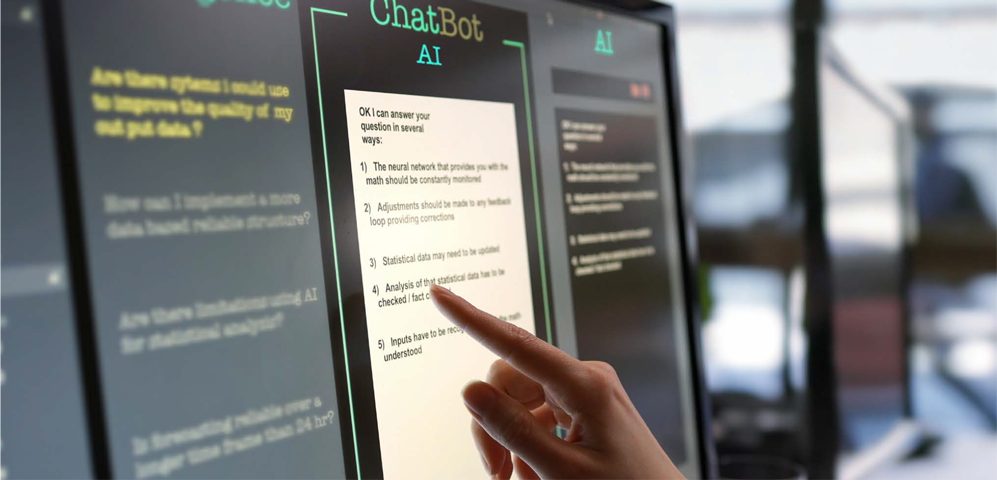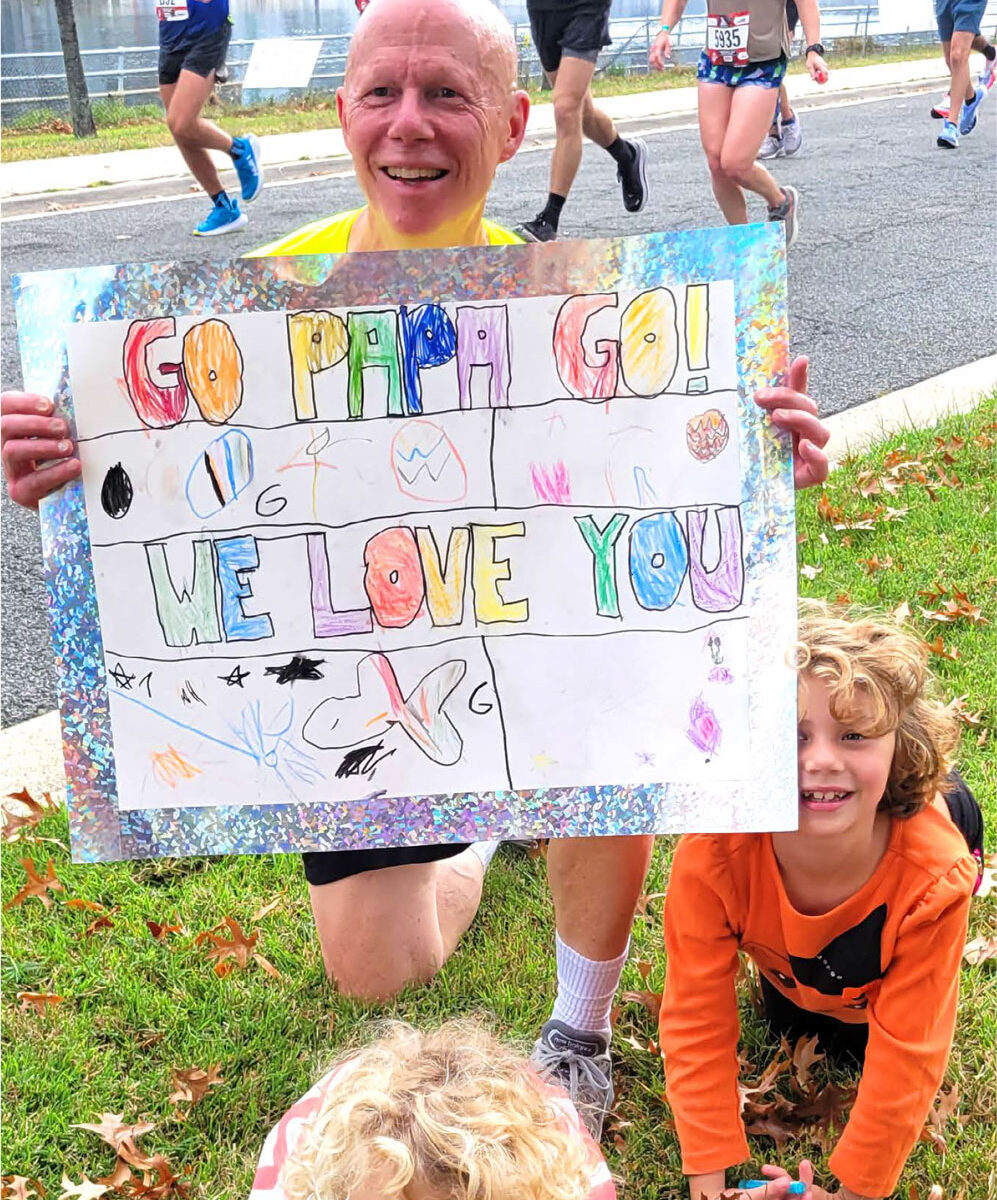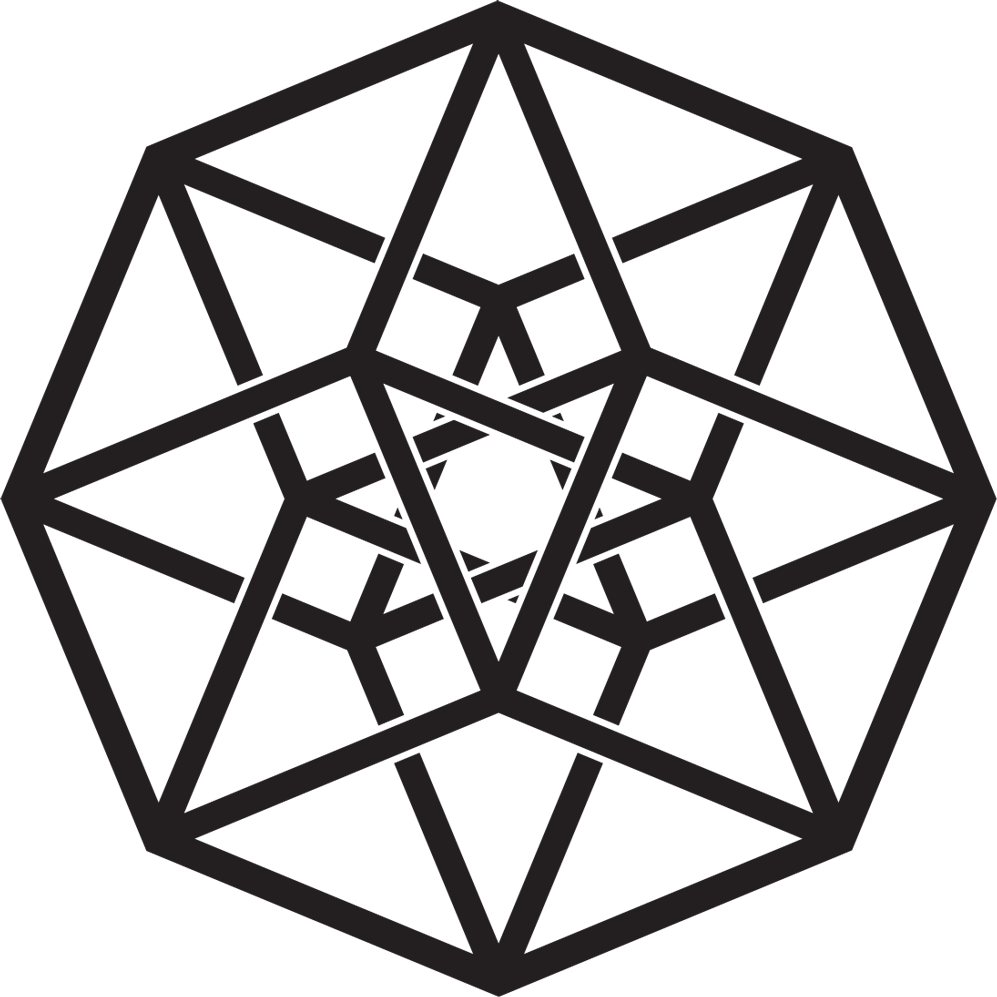
In the last several months, there’s been a rapid increase in the broad awareness and usage of large language models (LLMs) with publicly available tools like OpenAI’s ChatGPT, Microsoft’s Bing, Google’s Bard, among countless emerging open-source efforts. These seemingly came-out-of-nowhere capabilities are built on a decade of development in the neural networks and deep learning space — academic breakthroughs in algorithms and techniques combined with novel computer hardware and software. While the traditional form of AI/ML has already changed day-to-day life in many ways through the products we use, one of the most exciting parts about this new category of generative AI and LLMs is that it empowers anyone, not just data scientists and AI researchers on the “bleeding edge,”* to experiment with new use cases for how AI can be helpful in nearly any text-based task you can think of.
…you’ve been asked to give the New Member Address at the upcoming CAS meeting, and you don’t know where to start, but you are pretty sure you don’t want to give a speech that’s been heard before. There’s no need to stare at that blank Word file and will the sentences into existence.
At their core — LLMs (also called transformer models or foundation models) are deep learning algorithms trained on very large text datasets (think large parts of the internet) that can, given a string of text, analyze the patterns and relationships between the words in that string to predict the next word in the sequence. LLMs introduce the concept of “self-attention,” which is a mechanism to find context and thus meaning by cumulatively examining an input sequence with varying weights. In one of its blogs, NVIDIA, a leader in the AI/ML computer science and hardware field, provides this description and examples to get it across:
- A transformer model is a neural network that learns context and thus meaning by tracking relationships in sequential data like the words in this sentence.
- She poured water from the pitcher to the cup until it was full.
- She poured water from the pitcher to the cup until it was empty.
LLMs are typically implemented in a chatbot form where you ask it a question, and under the hood, the LLM is predicting each individual next word for its response. When combining the inherent knowledge in the LLM’s training dataset (wide-ranging subject matter and level of detail) with the optimizations for conversational human interaction — the results can be shockingly capable.
Hypothetical situation — say you’ve been asked to give the New Member Address at the upcoming CAS meeting, and you don’t know where to start, but you are pretty sure you don’t want to give a speech that’s been heard before. There’s no need to stare at that blank Word file and will the sentences into existence, when working with an LLM will yield a better result quicker!

This is exactly what CAS Fellows Jake Roan and Steve Armstrong did to prepare for the 2023 Spring CAS Meeting, where they were asked to jointly provide the New Member Address. Jake and Steve wanted to see what a “typical speech” could look like to then go the other way and develop new content that was likely to never have been heard before. To help, they called on me, a friend and expert, for assistance.
My approach to aiding Jake and Steve is outlined below.
- Ground the LLM in the situation it’ll be thinking about at a high level (e.g., there’s going to be a recognition ceremony for individuals who recently obtained their ACAS or FCAS actuarial credentials — what are some pieces of advice given at graduation ceremonies).
- Review the response, and if it isn’t generally on track, provide additional input and examples to get it on track (e.g., these are professionals in their 20s/30s/40s, so it’s not the typical high school or college graduation speech).
- Ask the LLM for multiple iterations of a draft, which gives you more options and directions to go in (e.g., write me three draft speeches to give at the new ACAS/FCAS graduation ceremony).
- Review the multiple drafts, evaluate what you like and don’t like from the different pieces to coach it into another refined iteration (e.g., combine the concepts in drafts one and two, add more content to be twice the length, only add noteworthy points and don’t pad it with fluff like a high school student trying to write a longer paper).
- Review the refined draft and provide specific feedback to further tweak (e.g., I think we’re close, but for item #1, layer in the concept of giving back to the profession, for item #4, layer in leaning into curiosity, and weave in the concept of taking calculated risks you said earlier without adding a bullet).
It only took a couple of moments of ChatGPT back and forth to produce this speech:
Ladies and gentlemen, esteemed colleagues, distinguished guests and our newly minted ACAS and FCAS graduates, it is a privilege to be here today to celebrate this significant achievement in your lives. This accomplishment is a testament to your hard work, dedication and passion for the field of actuarial science, and it marks the beginning of an exciting new chapter in your professional journey.
As you embark on this path, I would like to share some advice that I believe will serve you well as you continue to grow in your careers and strive to make a lasting impact in the world of actuarial science.
- Mentorship, giving back and supporting the profession: You’ve reached a remarkable milestone in your career, and now it’s time to pay it forward. Share your knowledge and experience with others, and you’ll find that it not only benefits those you mentor but also enriches your own growth and understanding. Act as a resource and advocate for your colleagues and those entering the profession and contribute to creating a supportive and collaborative environment. Give back to the profession and the Casualty Actuarial Society by participating in committees, contributing to research and engaging in initiatives that further advance our industry.
- Lifelong learning: Despite achieving this milestone, never lose sight of the importance of continuous growth and development. Stay curious, ask questions and never stop seeking knowledge. Attend conferences, participate in workshops and collaborate with others to stay at the forefront of industry developments and best practices. Embrace curiosity and be willing to explore new ideas, as it will fuel your creativity and innovation throughout your career.
- Networking and relationship-building: Your professional network is a valuable resource that can provide support, guidance and opportunities. Invest time and effort into fostering meaningful relationships with your colleagues, mentors and peers. Build a strong network based on mutual respect, trust and a genuine interest in helping one another succeed.
- Embrace change, innovation and calculated risks: Our industry is constantly evolving, and it’s crucial to embrace new ideas and be willing to adapt to change. Be open to learning new technologies, methods and approaches that can drive efficiency and enhance decision-making processes. As you continue to develop your skills and expertise, never be afraid to challenge the status quo, push boundaries and take calculated risks in your career. Leaning into curiosity and being open to experimentation will help you discover new opportunities and contribute to your professional growth.
- Resilience and persistence: Setbacks and obstacles are inevitable, but the key to success lies in your ability to learn from these experiences and continue moving forward. Develop a growth mindset that sees challenges as opportunities for improvement and maintain a positive attitude even in the face of adversity.
- Work-life balance: While it’s essential to work hard and pursue excellence, it’s also important to prioritize your well-being and find joy outside of the office. Nurture your relationships, cultivate hobbies and give yourself the space to recharge and maintain your resilience. Remember that a balanced life will ultimately contribute to your long-term happiness and success.
- Gratitude and humility: Recognize and appreciate the contributions of others and the role they have played in your success. Remain grounded and open to feedback and strive to cultivate an environment of mutual respect and collaboration. As you continue to achieve new heights in your career, always remember to stay humble and be grateful for the opportunities you’ve been given.
In closing, I’d like to offer my heartfelt congratulations to our ACAS and FCAS graduates. Your achievements are a testament to your commitment, intelligence and perseverance. As you continue to grow and excel in your careers, I have no doubt that you will make significant contributions to the actuarial profession and leave a lasting legacy. Thank you for allowing me to share this.
The experimentation and use cases for LLMs are only limited by your imagination, your comfort with sharing data with the companies running the platforms and the degree to which the model should be trusted for a given subject matter or task. LLMs are like any other type of model in having strengths, weaknesses and limitations, but they do also introduce some new angles to consider. They can often have confidently wrong hallucinations, are only aware of the data they’ve been supplied (e.g., through 2021), but even so can still be an extremely valuable tool in your toolbox with that understanding and appropriate validation safeguards. For example, current LLMs have amazing programming and document summarization capabilities but really struggle with basic algebra and any detailed actuarial methodology or concept. With how things have been progressing in these very early days, it’s not hard to picture a world where the skillset of “effectively using generative AI in day-to-day work” becomes as commonplace and expected as the skillsets for using a word processor or search engine, and I’m excited to see what we take for granted 10 years from now.
Jonathan Fesenmeyer, FCAS, CSPA, is an expert in analytical technology enablement.













